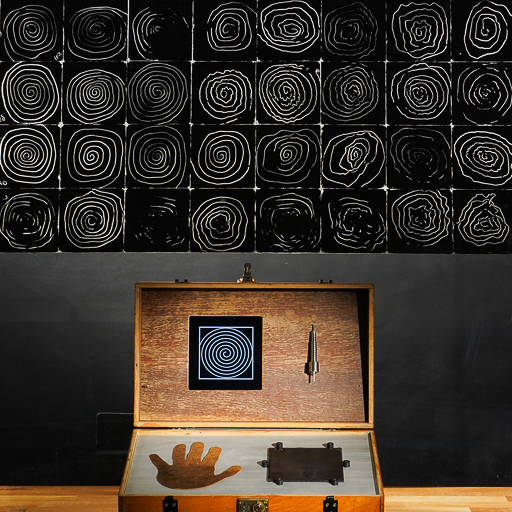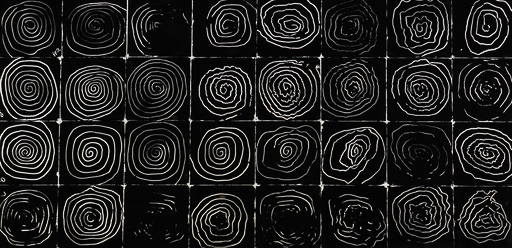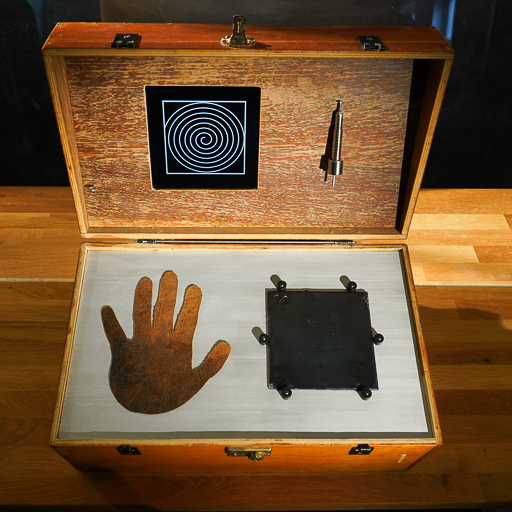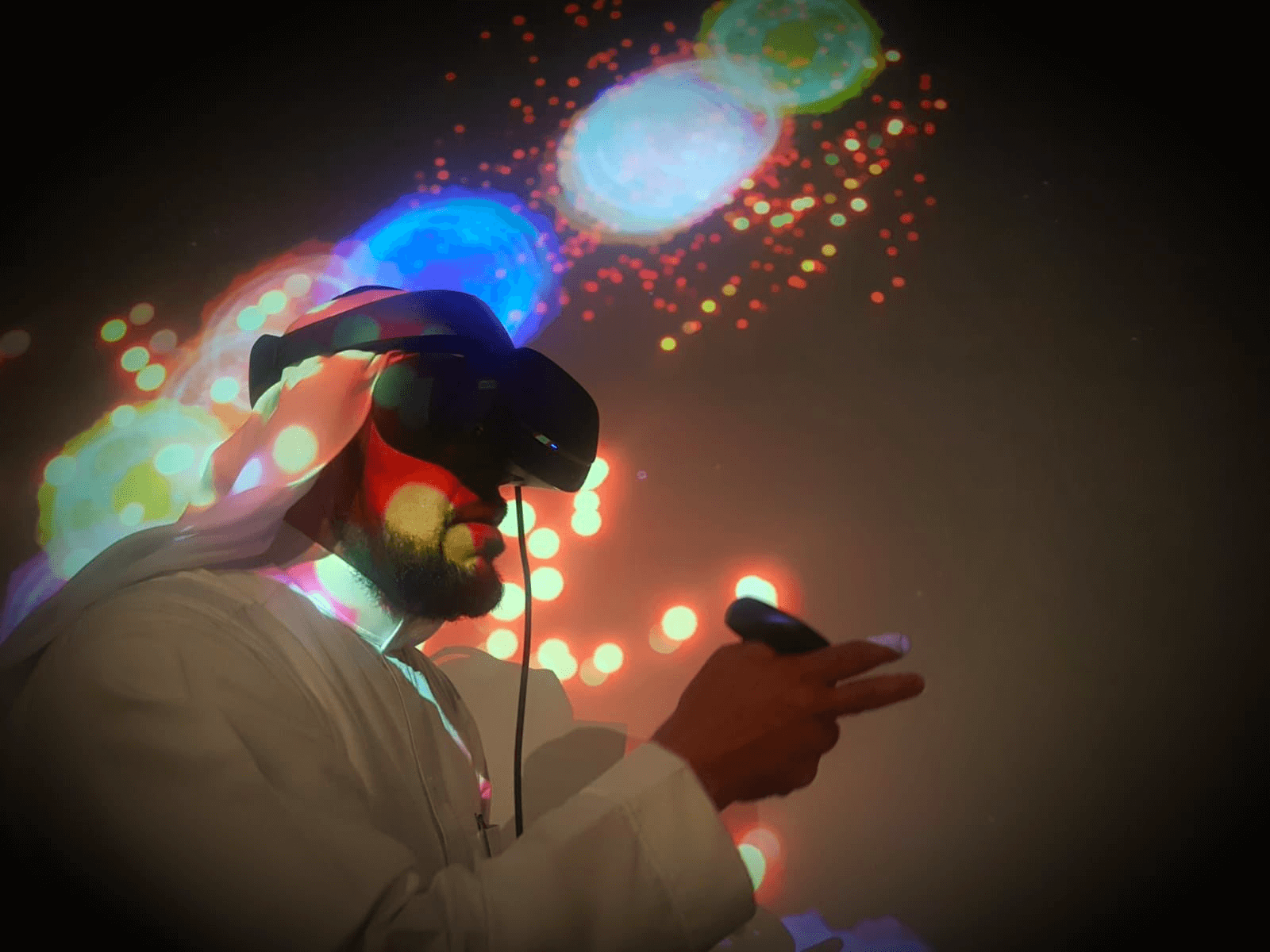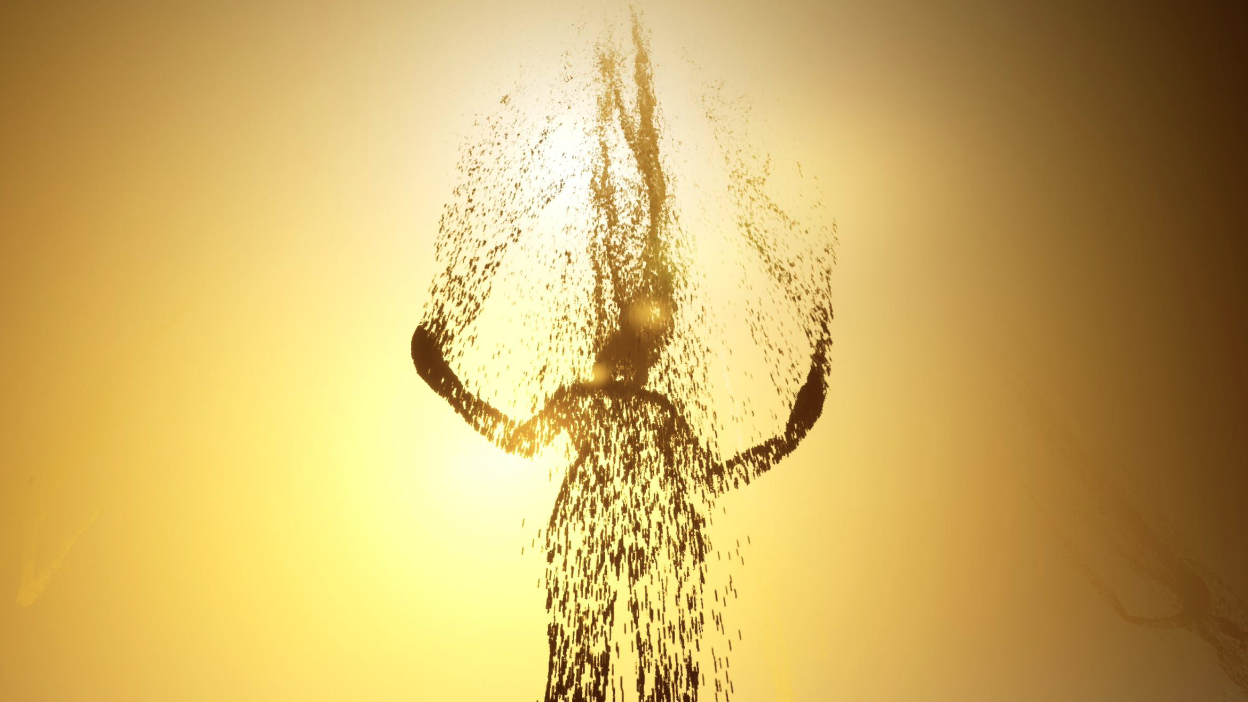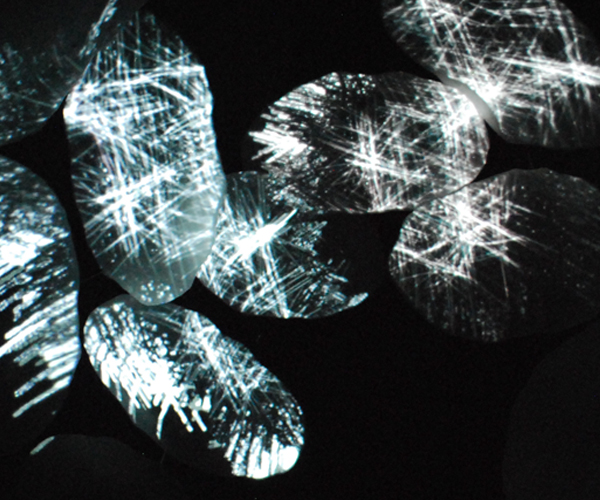Sleep and its meanings: Essays from Critical Sleep Studies.
Book Chapter | MIT Press 2024
At the heart of Touching Sleep was a (seemingly) counter-intuitive, playful and critically irreverent approach to understanding sleep. We wanted to bring together contemporary ideas of technologized sleep – what the authors of Technosleep term the “so-called biomedicalization […] of the unfolding technosleep storyline” and the resulting impossibility of “separat[ing] sleep from technology” (Coveney et al., 10 & 6) – with the long heritage of artistic representations of the state. We saw in both technological and artistic processes potentially unstable and provisional approaches that align with the multiplicity of sleep itself. Indeed, our argument is that sleep requires these types of approaches given that, as Wolf-Meyer asserts, it is “a manifold process, extending its force into our everyday institutions and lives in complex and often unacknowledged ways” (2012, 24). If technology now blurs the lines between living/biological and object/mechanic presentations of sleep, art has always worked with these kinds of interweaving and contradictions built in to its methods.
The work.
Participants are invited to take part in a live experiment where a piece is created based on physiological data collected during nine short naps taken by Murray. The key metric, Heart Rate Variability (HRV), serves as a measure of Murray’s Autonomic Nervous System (ANS) during sleep. High HRV, reflecting parasympathetic dominance, signifies a well-balanced physiological state, where low HRV is associated with sympathetic activation and ‘fight-or-flight’ threat responses.
Each participant engraves a spiral into a black wax-coated tile, representing one sleep. The accuracy with which the spiral matches their intention is influenced by the level of ANS control exhibited during the sleep in question. In instances of high HRV, participants’ spirals are well-formed. With low HRV, an electrically-activated metal engraver seems to have a life of its own, interfering with the experimenter’s intended movements. Light levels are modulated by Murray’s galvanic skin response, in such a way that their arousal level matches Murray’s own state during the associated sleep, through light-induced pupil dilation.
Murray’s loss of physiological control is therefore not only experienced viscerally through task engagement, but is also captured in the engraving that markedly deviates from an ideal spiral. The markmarking is contained within a square, laser cut tile which represents the quantitative boundaries of the dataset.
Each tile forms a component of the complete typology, organised from left to right based on the ANS control, recorded during the nine naps (an ANS gradient). There are five participant-engraved tiles per sleep, vertically arranged to create a total of 45 tiles. The artwork is showcased in a dark room behind the tile-engraving setup, with markings illuminated through backlighting. The piece charts the intersection of Murray’s varied sleep patterns, as encountered by others.
Biological context
Sleep is characterised by a diminished awareness of our surroundings, resulting in a vulnerability that impairs our control over both our bodies and the environment. This reduced consciousness hampers our ability to engage in behaviours essential for reality-testing and regulating the autonomic nervous system, making the maintenance of homeostasis more challenging.
Heart rate variation is controlled by the autonomic nervous system (ANS), regulating involuntary functions like heart rate, blood pressure, respiration, and digestion. The ANS has two main subsystems: the sympathetic nervous system for “fight-or-flight” responses and the parasympathetic for relaxation. HRV, representing the ANS balance, decreases when the sympathetic system dominates, accelerating the heart, and increases with parasympathetic dominance, slowing the heart. An imbalance can lead to a low HRV score, associated with depression, anxiety, and heart disease risk. Monitoring HRV provides insights into emotional, behavioural, and physical well-being. A healthy heart exhibits rhythmic variations, not a constant beat.
During sleep, the average adult’s heart rate gradually slows by 20 to 30%. Heart rate variability (HRV) changes across sleep stages, decreasing in non-REM and increasing in REM sleep. HRV serves as a sleep quality indicator and is used in screening for sleep disorders. A 2017 study linked poor sleep quality to HRV, heart rate, and blood pressure. Daytime HRV predicts nighttime sleep quality, with higher HRV indicating better sleep efficiency and overall quality. Sleep deprivation negatively affects HRV, leading to sympathetic system dominance and an accelerated heart rate.
Sleep Engraver
The sleep engraver is an art-making object built in collaboration with creative technologist, Nick Sparks. It consists of a handheld stylus and 2ft wide wooden box, standing 1ft high and deep with a hinged lid.
Upon opening, audiences see a flat brushed piece of aluminum covering the internal aperture. Depending on the dominant hand of the audience, a 14cm square wax tile is on their writing side with a cut out of Murray’s hand adjacent. Inside the lid is a screen that informs and instructs audiences and cycles poetic verses during the engraving procedures.
Hidden from view is a matrix of nine hand-wound electromagnetic coils, each connected to a PWM (pulse width modulation) controller. Arranged 3×3, the coils cover the area of the wax tile above. Using OSC (OpenSoundControl) software, the electromagnetic strength of each of the 9 coils can be individually controlled in real time. The 10cm stylus is created from a 3mm iron rod surrounded by a series of strong neodymium magnets. These stylus magnets have the opposing poles of the electromagnets, creating our controllable sleep force.
The OSC software enables narrative elements to be built into the engraving process, such as simulating ‘aliveness’ by connecting the central coil to Murray’s heartbeat. The other 8 surrounding magnets have randomised sine waves at different frequencies and amplitudes over a 30 second loop. In addition, the overall (global) strength across this magnetic 30 second narrative can be controlled as a level 0-100, with 100 being the max electromagnetic resistance of our 30 second narrative loop.
